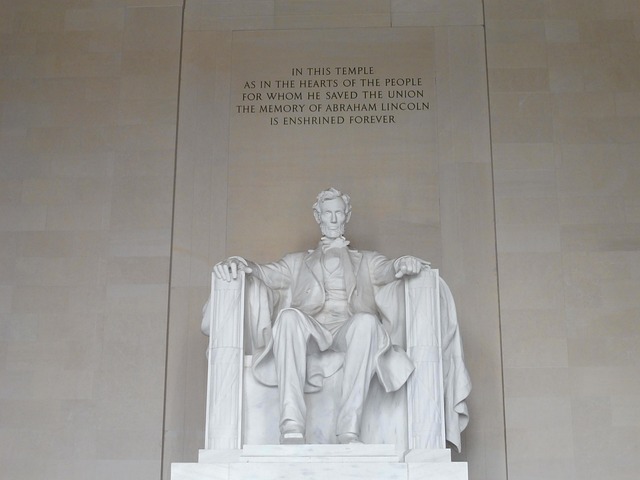In the pantheon of ancient Egyptian deities, Osiris holds a profound place, embodying themes of resurrection, renewal, and the eternal nature of life. As a god of the afterlife, Osiris not only governed the realm of the dead but also symbolized the cyclical nature of existence, reminding humanity of the delicate interplay between life and death. His legacy resonates deeply, as it intersects with the fundamental questions of existence that continue to plague modern minds.
Osiris was often depicted as a mummified king, adorned with the atef crown and holding the crook and flail, symbols of kingship and rulership. This imagery reflects his embodiment of order and justice in the universe. In the religious practices that surrounded him, Osiris was revered not just as a deity, but as a beacon of hope for believers contemplating their own mortality. His story, steeped in myth, revolves around betrayal, death, and ultimately, resurrection, inviting followers to reflect on their own spiritual journeys.
The narrative surrounding Osiris is rich with symbolic meaning. He was murdered by his brother Set, a representation of chaos and disorder. Yet, even in death, Osiris did not succumb to oblivion; instead, he became the ruler of the underworld, presiding over the judgment of souls. This aspect of Osiris emphasizes a critical message within ancient Egyptian religion: death is not an end, but a transformation. The concept of the afterlife was vital, as it encouraged individuals to live justly, knowing their actions would determine their place in eternity.
Osiris’s relationship with his wife, Isis, further illustrates the power of love and loyalty, offering a counterbalance to the malevolence of Set. Isis’s quest to resurrect Osiris is a testament to the strength of devotion, and it emphasizes the importance of familial bonds. In a world fraught with uncertainty, the love story of Osiris and Isis serves as a source of inspiration, reminding followers that love can conquer even the darkest of adversities.
Worship of Osiris was not confined to sacred texts or ornate temples; it permeated the everyday lives of ancient Egyptians. Rituals and ceremonies dedicated to him fostered a sense of community and shared belief, uniting individuals in their quest for a favorable afterlife. The annual festival of Osiris, marked by elaborate reenactments of his death and resurrection, symbolized the agricultural cycles of planting, harvesting, and rebirth. This connection between the divine and the natural world was pivotal for a society heavily reliant on the Nile’s bounty, drawing parallels between the fertility of the land and the promise of life after death.
As we delve into the rich tapestry of Osiris’s legacy, we find that his religious significance extends beyond mere myth. He plays a crucial role in understanding the foundations of morality, justice, and the human experience’s inevitable conclusion—death. The practices inspired by Osiris encourage a reflection of one’s life choices, fostering a culture of positivity and resilience against the cyclical challenges that we all face.
Osiris stands as a reminder of the power of transformation, embodying both the human struggle and the potential for rebirth. His teachings resonate in many aspects of our lives, urging us to embrace the unknown with hope and courage. The exploration of Osiris offers more than an insight into ancient beliefs; it provides a framework for understanding our own spiritual path through this life and what lies beyond.




